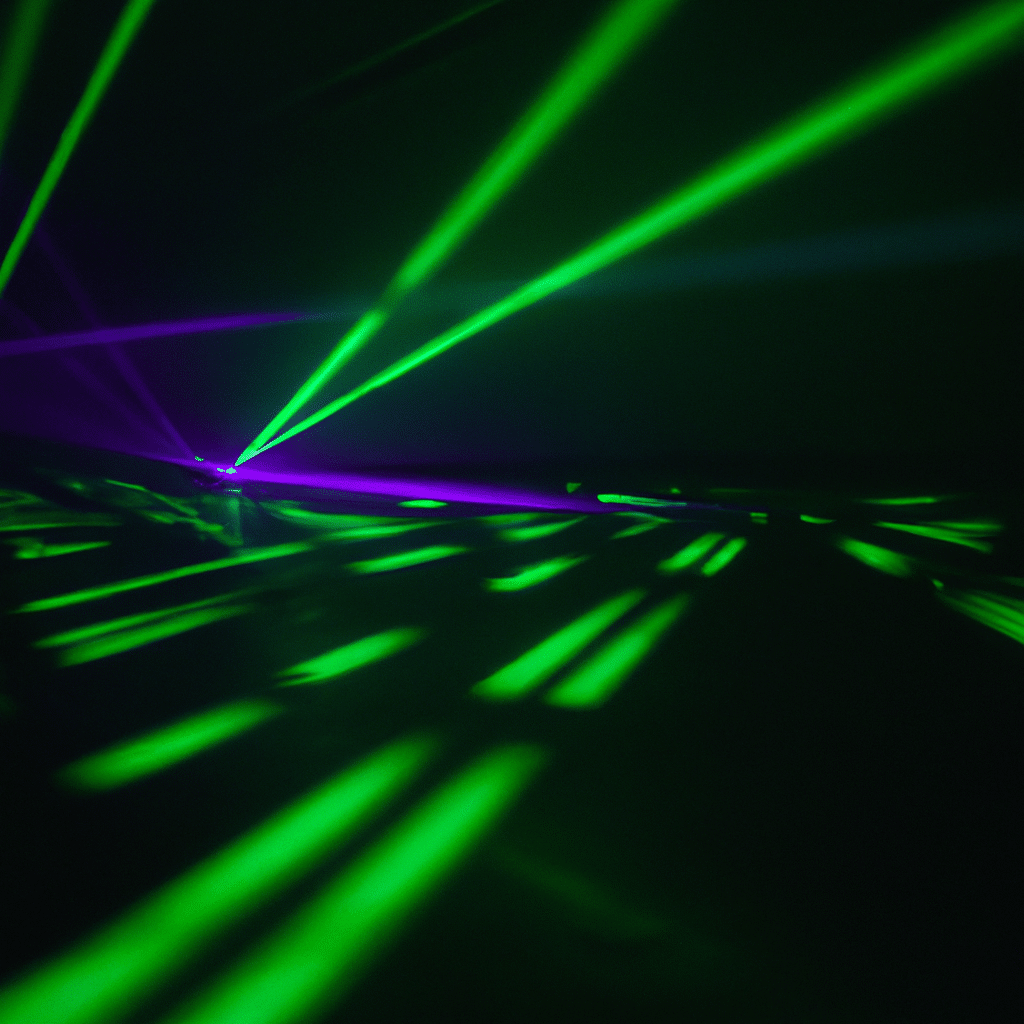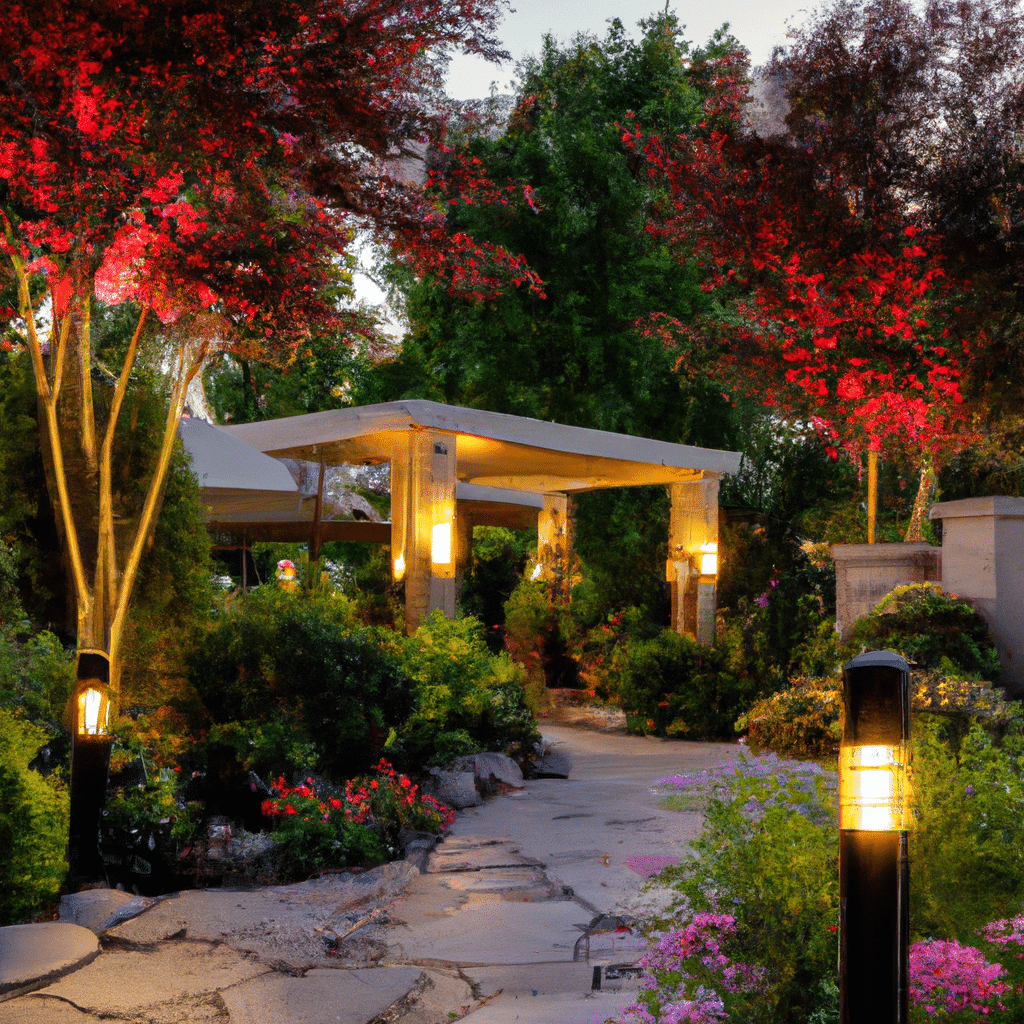
In recent years, the lighting industry has undergone a significant transformation. The technological advancements in the field have led to the development of innovative lighting technologies that are changing the way we light our homes, offices, and public spaces. In this article, we will discuss the most innovative lighting technologies of the decade.
LED Lighting
LED lighting is one of the most significant technological advancements in the lighting industry. LED lights are highly efficient, consume less energy, and last longer than traditional incandescent bulbs. Furthermore, LED lights are versatile and can be used in a wide range of applications, including indoor and outdoor lighting, automotive lighting, and backlighting for TVs and computer screens.
LED lights are also environmentally friendly because they do not contain toxic materials such as mercury. This makes them a sustainable option for lighting solutions.
Smart Lighting
Smart lighting is another innovative technology that has revolutionized the lighting industry. Smart lighting systems allow users to control their lighting remotely using a smartphone app. Smart lighting systems also use sensors to detect the presence of people in a room and adjust the lighting accordingly.
Smart lighting systems are energy-efficient and can save users money on their electricity bills. They are also customizable, allowing users to create different lighting scenes for different moods and occasions.
OLED Lighting
OLED (organic light-emitting diode) lighting is a new technology that uses organic materials to produce light. OLED lighting is highly efficient and has a longer lifespan than traditional lighting sources. OLED lighting is also flexible and can be molded into different shapes and sizes, making it ideal for use in interior design and architecture.
OLED lighting is environmentally friendly because it does not contain toxic materials such as mercury. This makes it a sustainable option for lighting solutions.
Li-Fi
Li-Fi is a new technology that uses light waves to transmit data. Li-Fi is faster and more secure than Wi-Fi, and it does not interfere with other wireless signals. Li-Fi uses LED lights to transmit data, which means that it can be integrated into existing lighting systems.
Li-Fi has many potential applications, including in the healthcare industry, where it can be used to transmit patient data securely.
HCL Lighting
HCL (human-centric lighting) is a new technology that aims to improve people’s well-being and productivity by adjusting the lighting to mimic the natural light of the sun. HCL lighting systems adjust the color temperature and intensity of the light throughout the day to simulate the natural circadian rhythm.
HCL lighting systems have many potential applications, including in healthcare, education, and office environments, where they can improve people’s well-being and productivity.
Laser Lighting
Laser lighting is a new technology that uses lasers to produce light. Laser lighting is highly efficient and has a longer lifespan than traditional lighting sources. Laser lighting is also versatile and can be used in a wide range of applications, including automotive lighting and entertainment lighting.
Laser lighting is environmentally friendly because it does not contain toxic materials such as mercury. This makes it a sustainable option for lighting solutions.
Solar Lighting
Solar lighting is a sustainable lighting solution that uses solar panels to convert sunlight into electricity. Solar lighting is ideal for outdoor lighting applications, such as street lighting and garden lighting.
Solar lighting is environmentally friendly and can save users money on their electricity bills. Furthermore, solar lighting does not require any wiring, making it easy to install and maintain.
Conclusion
The lighting industry has undergone a significant transformation in recent years, thanks to the technological advancements in the field. LED lighting, smart lighting, OLED lighting, Li-Fi, HCL lighting, laser lighting, and solar lighting are some of the most innovative lighting technologies of the decade.
These technologies are changing the way we light our homes, offices, and public spaces. They are also environmentally friendly and sustainable, making them an ideal option for lighting solutions. As the lighting industry continues to evolve, we can expect to see even more innovative technologies that will further transform the way we light our world.



